All in one night - Lamborghini Huracán
Six hours on the track at Vairano, mostly once darkness has fallen – a hard and exclusive test of strength to put the whip to the new supercar from Sant’Agata.
Six hours on the track at Vairano, mostly once darkness has fallen – a hard and exclusive test of strength to put the whip to the new supercar from Sant’Agata.
Six hours, after all, is not all that much. But, more than anything else, it’s a matter of perspective. You can imagine six hours as equivalent to the journey from Milan to Rome, or Chennai to Bangalore. Or you can imagine it as something very different – in Vairano, for example, where there is no traffic or speed limits. And then, magically, six hours can turn into a good and challenging test – perfect to check the quality of the new Lamborghini Huracan. An exciting and gruelling test, not a cakewalk. In short, something that may worry even those who’ve built supercars for more than half-a-century. Just to give you an insight into the magnitude of the challenge, here are a couple of reference points – to complete the test, the Huracan required three sets of tyres and a change of brake pads.
An innovative testThe event is scheduled on a casual Wednesday in July. It starts around the time we would usually close the gates at Vairano – but, for once, there are no timetables and no closing time. It’s time to devote ourselves to this very special test. While in the workshop, the Huracan is submitting itself to the final checks, on the track they’re putting down the cones for a special track layout. We’ve combined the two loops (high speed and handling) to obtain a unique lap of our track between the numerous possibilities available – making a total lap of over three kilometres that allows us the opportunity to truly test the various components of the Huracan and reveal its real character. Quick stretches, fast chicanes, curves, the works – in six hours, we would know everything there is to know about the new baby Lambo.
It’s 1900 hrs when the barrier is raised, and the heir of the Gallardo enters the track. The first two-three laps go off in heating the engine and, above all, to find the right rhythm. Just as in endurance races, it’s crazy to think that you can push the car hard for several hours at a stretch. There is no car, racing or production, which can be resistant to this – so finding the right balance between performance and respect for the mechanicals is critical for the success of the test. We find a balance when, for each lap, we need between 1:42.0 and 1:43.0. This means that in six hours we’ll finish more or less 200 laps, with approximate stints of one hour for each driver. From time-to-time, laps will be faster (or slower) according to the need of the moment – according to the fuel level and tyre condition.
Now the going gets toughIt comes down the straight at around 240km/h. You can be more daring, but it would massacre the brakes – and it’s best not to overdo it when the Anima system, the red rocker switch, is already set to track mode. Decelerate, down a couple of gears, and Huracan turns rapidly into the North Loop. It jumps to the left, quick turn to the right and onto what we call the Small Handling course – to be tackled in second and third gears, and where the engine and brakes are constantly competing to take precedence. At the end of the straight, in fact, lies one of the most insidious turns – a sharp, uphill right. If you know Vairano, you know that this is the kingdom of understeer. It’s simply too easy to get to the point of being a little bit too fast, and to find yourself in the gravel trap without even realising it. But this time everything is okay. Even without entering with the driver’s foot hard on the brake to load the front wheels, the Huracan tackles the curve perfectly – following the racing line you had in mind. The wheels are not yet straight, but the Lambo makes a perfect second-third-fourth and third gear change again. Now it’s certain, in Sant’Agata they’ve finally realized that there’s a need for a good gearbox in a car that costs a few crores. It’s fast, precise, incisive and finally fitted with paddles that are far removed from the tiny ones on the Gallardo.
Okay, back to focusing on the track, because we’re getting to one of the most fun sequences – the chicane that joins the two loops. It goes without saying that the Huracan works perfectly. It doesn’t move around unnecessarily, and you’re treated to a properly setup machine. Nevertheless, the driver must take his foot off the throttle – because, while the Lambo is good at communicating the level of grip available, the curves that follow are even tighter. The front and rear slip angles are minimal, and the rear moves only if you provoke it with the throttle – as it should do. The high levels of grip, however, could also be because of the new tyres. So, we’ll have to see how the situation evolves as the test progresses.
The speed drops, and the curves become more numerous and more difficult – we’re in a set of chicanes where grip and load transfer are the masters. The twists and turns don’t seem to worry the chassis or the Magnaride adjustable suspension. The steering is perhaps the most normal element of this car. It does have defects, of course, but in a car at the highest level like this one, the steering is not an aspect that’ll be imprinted in your mind’s eye as the Huracan’s most impressive aspect after you’ve gotten out of the drivers’ seat. Of course, you can only say that because this car has so many other qualities to appreciate that much more. That being said, it’s impossible to hide the fact that the steering of the Huracan doesn’t quite reach the heights of the 458 Italia – which is extraordinary, and could well be the best in the world.
It’s here, on these curves, that the V10 engine gives us the feeling of being a bull waiting impatiently to enter the arena. A few more moments of throttle application, and the scene is ready – as soon as the nose of the Huracan points towards the horizon on the straight, all the 602 horses begin to hold court. Plus, the ten-cylinder engine has a rev range that you would never expect from a thing of this genre. Enter in third gear, and just put all the power down, and you have to be very careful not to find yourself face-to-face with the rev limiter. Getting to the red zone of the rev counter is a matter of less than a second, so it wouldn’t be a bad idea to have a little bit of help from a set of shift lights – a series of LED’s that glow as you approach the rev limit. What’s more, adding these lights shouldn’t be much of a problem – the instrumentation, beautiful and easy to read, is an LCD panel, so a software upgrade should be enough to change it at will. By the time you select sixth, at around 220km/h, the straight is about to end. And it’s precisely at this moment that the first lap ends.
The rhythm grows as the timing slowsThere are 191 more laps to drive, marked by the unflappable precision of the instruments. Each driver is at the wheel for about thirty laps, and the Huracan reveals itself as a great temptress for all the six drivers. As much as each driver tries his best not to be seduced, and respect the rhythm that has been set, there are many times when the clock indicates 1:40.0. And without trying to record the best lap, but just for reference, the times even drop to 1:37.0 on one occasion. Best not to overdo it though. With such times, the test for the tyres will be too hard to sustain – but not for the mechanicals. The mechanicals could go on all day. Already, at the set rhythm, the tyres have their work cut out for them. It’s probably an opportune time to point out that its takes about 140 kilometres to render a set of four Pirelli P Zero tyres without tread. The second set lasted longer – we covered 239 kilometres – but, at the pit stop, we noticed that the left rear (the side with the most amount of stress) began to show its threads. Other than two set of tyres, there was also the need for a new set of brake pads. But that was only expected – if it hadn’t been required, it would have meant that we didn’t go hard enough. And, of course, we consumed a river of petrol – but, again, we were prepared for it.
Anything else of note? Not a thing. Not a suspicious noise, not a creeping temperature needle, not even a strange light. After six hours, the Huracan worked like a Swiss watch. And when we finally turned the engine off deep into the night, it almost seemed like it had been too easy. All that remains now is a couple of laps to cool down, and then it’ll really be time to go to bed. Tomorrow, the Lambo will again be involved in our classical tests, and, in a couple of pages, you’ll discover that there’s a lot more to reveal. In truth, the Huracan isn’t the one that needs rest. It could get to work right away if that was required. The conclusion – the Huracan may not need a good nights rest, but we do!
First rotation After an hour, the first driver change takes place. The car has covered 30 laps, including the slowing down lap to keep the tempratures under control. A fuel stop isn’t required just yet.
After an hour, the first driver change takes place. The car has covered 30 laps, including the slowing down lap to keep the tempratures under control. A fuel stop isn’t required just yet.
Shorter or longer stops Refuelling and tire changes are fast operations, all things considered.However, the break to replace the brake pads on lap 105 is a bit longer. The downtime was nearly half-an-hour, including ruefilling and a general check-up. Returning to the track, for the first four laps, we were fast but cautious – the pads were still to be run-in
Refuelling and tire changes are fast operations, all things considered.However, the break to replace the brake pads on lap 105 is a bit longer. The downtime was nearly half-an-hour, including ruefilling and a general check-up. Returning to the track, for the first four laps, we were fast but cautious – the pads were still to be run-in
More horsepower than light There’s no risk of becoming confused, because it was just the Huracan on the track – but the LED tailights do have their own signature design. And it’s the same with the front – the xenon headlights have been replaced by LED bulbs that have good power but they’re not always able to keep up with… the engine’s power! And so, we had to lift on occasion because of visibility issues.
There’s no risk of becoming confused, because it was just the Huracan on the track – but the LED tailights do have their own signature design. And it’s the same with the front – the xenon headlights have been replaced by LED bulbs that have good power but they’re not always able to keep up with… the engine’s power! And so, we had to lift on occasion because of visibility issues.
Another VairanoInventing a new layout, at our track, is the easiest thing to do. For the Huracan, we’ve put together a course that combines slow bends, fast corners, and long straights
Oriented to guide The lights and wiper controls are on the steering wheel. The left spoke includes the indicators, which are not very comfortable. To press them, you need to move your hand from the classical steering position. Above: the ANIMA, the rocker switch to choose between the three settings for the car’s different drive modes
The lights and wiper controls are on the steering wheel. The left spoke includes the indicators, which are not very comfortable. To press them, you need to move your hand from the classical steering position. Above: the ANIMA, the rocker switch to choose between the three settings for the car’s different drive modes
Carbon shell These incredible sport seats, with a carbon shell, will be available with next year’s model. The instrumentation is customizable – the configuration here is perfect for the track. At the top-right are the three simulated analogue instruments
These incredible sport seats, with a carbon shell, will be available with next year’s model. The instrumentation is customizable – the configuration here is perfect for the track. At the top-right are the three simulated analogue instruments
The TechnologyHigh-revving and devoid of a TURBOA V10 that revs to 8,000rpm provides the purest sports car feel, but doesn’t adhere to the latest fashions in engine technology. More forward looking is a cutting-edge body structure made of aluminium and carbon fibre.
The all-new Huracan exhibits many solutions that we’ll see on the next generation of the Audi R8. In usual Lambo tradition, however, something very special is still carried over – the engine. It’s still the 5.2 litre V10 that the Gallardo has used since 2008. A ‘direct injection’ power unit that resists the latest trends (thankfully so, you might say) and doesn’t give in to downsizing by maintains its substantial displacement. In short, it’ll be one of the increasingly rare, high revving, naturally aspirated engines left – delivering 602 horsepower at 8,250rpm, with the rev limiter being a little farther on (at 8,500rpm). Entirely constructed of aluminium, the V10 is equipped with dry-sump lubrication, which allows a reduction in the overall height of the engine. This is a feature that’s quite common in supercars, because it allows the engine to be mounted in the lowest possible position – bringing the centre of gravity closer to the road surface and improving the handling as a result. It’s also worth mentioning that it has two injectors per cylinder. At start-up, and at high speeds, petrol is injected directly into the combustion chamber at pressures of up to 180-bar. This results in a strong vortex that cools the walls of the chamber and allows the compression ratio to be brought up to 12.7:1. On the other hand, at low speeds, when the load on the engine is lighter, it uses indirect injection – fuel is injected into the manifold, allowing it to reduce fuel consumption and the emissions of particulate matter (as a result, the V10 is already in compliance with Euro 6 emissions standards). The two types of injections even work side-by-side in the intermediate periods.
LDF: Lamborghini Double ClutchThe Ldf gearbox, equipped with launch control, is less than 60cms long and it epitomizes the advantages of these kinds of transmissions. It’s like having two gearboxes instead of just one – while one facilitates forward momentum, the other is ready with the next gear. So, when changing gears, it’s just a matter of opening one clutch and closing the other.
1). The two clutches receive power from the V10 engine, and transmit it to the two main coaxial shafts
2). Propulsion passes to two secondary shafts (one for the even numbered gears, and reverse, while the other is for the odd numbered gears). The first one is clearly visible, the second is lower and it’s hidden by the crankcase
3). The power reaches the self-locking crown of the differential
4). The power exits the gearbox – these flanges, in fact, connect the drive shafts

 Technical SpecificationsEngine: Mid-rear engined, longitudinal - (90°) V10 – Bore: 84.5mmStroke: 92.8mm – Displacement: 5,204cc - Max Power: 602bhp at 8,250rpm - Max torque: 560Nm at 6,500rpm - quad overhead camshafts, 40 valves (chain-driven) - Mixed Injection (direct and indirect, with two injectors per cylinder) and variable valve timing system - Dry sump lubricationTransmission: all-wheel drive - 7-speed dual-clutch.Tires: 245/30R20 front, 305/30R20 rear - Repair Kit.Body: 2 door coupe, 2 seats - Front axle with double wishbones, coil springs, stabilizer bar - Rear axle with double wishbones, coil springs, stabilizer bar - Hydraulic shock absorbers - Carbon-ceramic disc brakes (diameter: front 380mm, rear 356mm), with ABS and ESP - Speed sensitive power steering, electric servo - 80 litre fuel tank.Dimensions and mass: Length: 4,459mm - Width: 1,924mm - Height: 1,165mm - Dry weight: 1,422kgs.Produced in: Sant’Agata Bolognese (BO).
Technical SpecificationsEngine: Mid-rear engined, longitudinal - (90°) V10 – Bore: 84.5mmStroke: 92.8mm – Displacement: 5,204cc - Max Power: 602bhp at 8,250rpm - Max torque: 560Nm at 6,500rpm - quad overhead camshafts, 40 valves (chain-driven) - Mixed Injection (direct and indirect, with two injectors per cylinder) and variable valve timing system - Dry sump lubricationTransmission: all-wheel drive - 7-speed dual-clutch.Tires: 245/30R20 front, 305/30R20 rear - Repair Kit.Body: 2 door coupe, 2 seats - Front axle with double wishbones, coil springs, stabilizer bar - Rear axle with double wishbones, coil springs, stabilizer bar - Hydraulic shock absorbers - Carbon-ceramic disc brakes (diameter: front 380mm, rear 356mm), with ABS and ESP - Speed sensitive power steering, electric servo - 80 litre fuel tank.Dimensions and mass: Length: 4,459mm - Width: 1,924mm - Height: 1,165mm - Dry weight: 1,422kgs.Produced in: Sant’Agata Bolognese (BO).
On the Handling TrackLambo BEATS LamboNew record for the classic Bolognese supercar on the track. With many thanks to all-wheel drive.
We immediately understood that the Huracan would perform well, very well. We understood it the same morning it arrived – and, to be precise, in the exact moment that we threw it around on the Handling course, three hours of which were only devoted to acceleration, braking, and taking pictures.
The tires, all morning, had suffered torture at the hands of our testers. Moreover, the timing was all wrong – in July, at 11am, the asphalt is really hot and it certainly isn’t appropriate to think about setting a lap time. In short, everything conspired against the Huracan – which, nevertheless, found the necessary strength to prevail. And, in the couple of laps granted by the tires, it ran straight to the top of our rankings. Four new P Zero Trofeo R tyres, and the cool temperatures of an 8am start did the rest a few days later. The Huracan took just two laps to crown itself as the new queen of Vairano – however it takes the crown from one of its own siblings. If we were to compare it with the Gallardo Squadra Corse, this one requires greater engagement in the faster corners. However, the absence of aerodynamic appendages makes the rear end more sensitive than its predecessor. Holding court, however, is the engine – it’s just awesome – and the all-wheel drive system, which allows the Huracan to get out of curves faster than ever before. The driver can open the throttle much earlier than he’d be able to do with rear-wheel drive. Plus, the new dual-clutch gearbox performed very well – in terms of the speed of the shifts, and the response with which it rattles off the gears. The only problem, if you can call it a problem, is that the gear ratios are not ideally suited to our track. There are a couple of situations in which second gear is too short and third gear is a bit too long – a niggle that we had to deal with during our six hour test. More annoying though was that – after a few laps on the track (and only on the track) – the feel of the brake pedal, and the pressure required to depress the brake pedal, changes.
Lamborghini Huracán 1:11.796
Top competitors:
Lamborghini Gallardo Squadra Corse 1:11.851
Ferrari 458 Speciale 1:12.449
McLaren 12C Spider 1:12.922
The lap time is a particular animal – to reverse the situation may require just a breath. And this is one of those cases. The Huracan has done better than the Gallardo Squadra Corse by just half-a-tenth of a second – basically, the classic blink of an eye. This time has been gained mainly in the high-speed corners and in the chicanes, while the Huracan was just slower than the Gallardo down the start-finish straight.
In Summary
If everything we’ve said so far isn’t enough, in terms of both numbers and sensations, we’ll close by adding that to appreciate the Huracan there is no need to go too fast. Strange, for a Lambo. Yet, it’s also perfectly suited for the traffic and the conditions of everyday driving – where the only things that can cause some anguish are ramps and driveways. The low nose can be a source of some worry. But what matters here is that its sporting soul perfectly aligns with its ability to cater to most everyday needs as well. And while this may be an oft-overlooked detail, it can become quite a decisive topic for the lucky few who can afford it.
© Riproduzione riservata
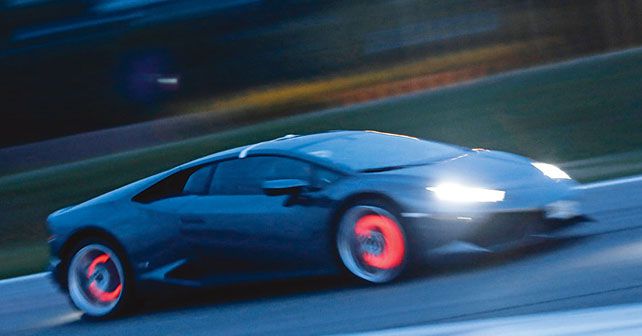
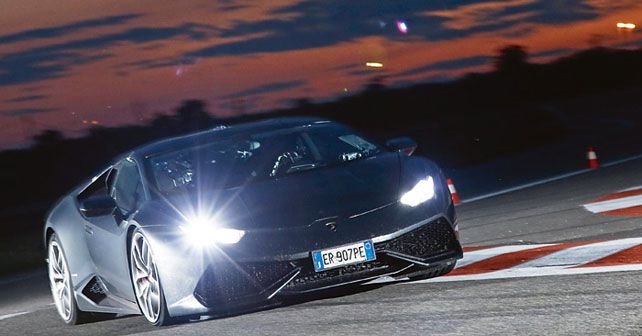


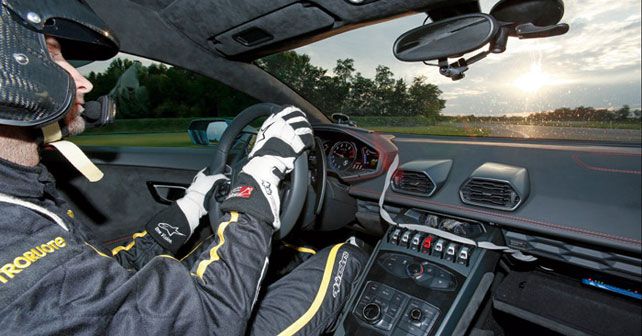

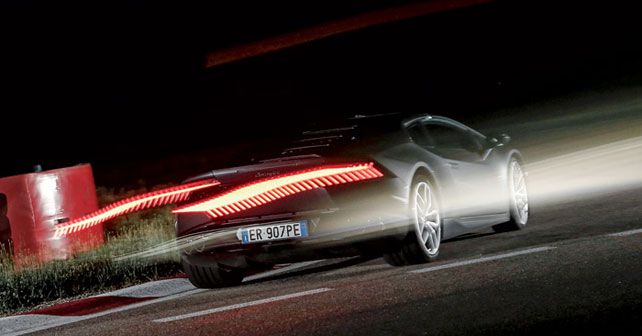
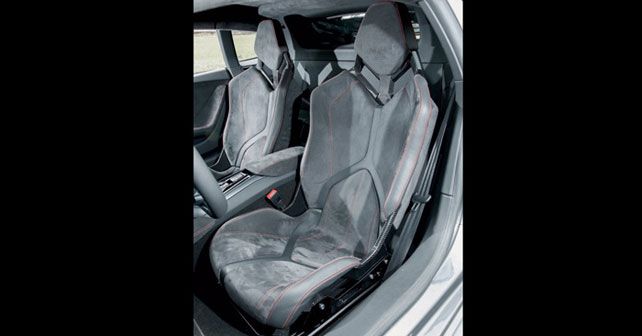
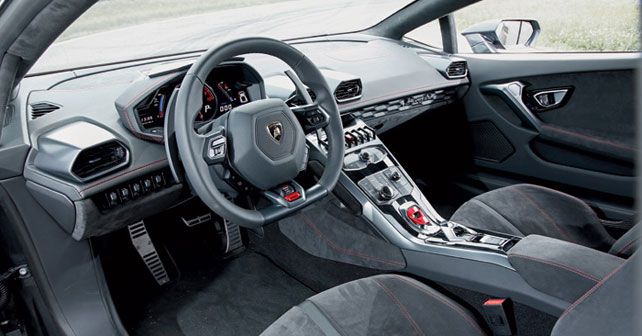
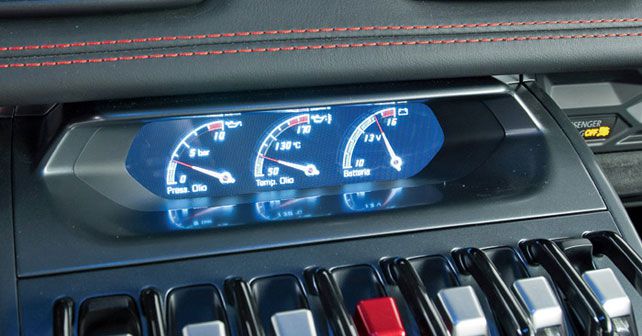
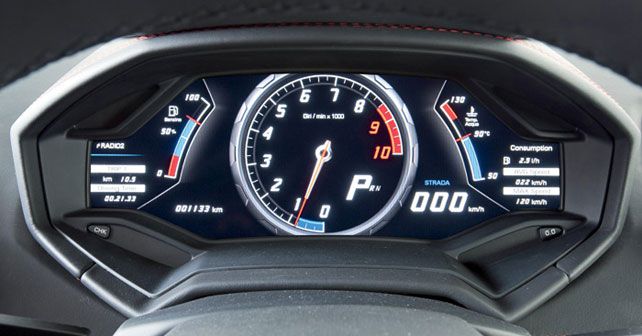
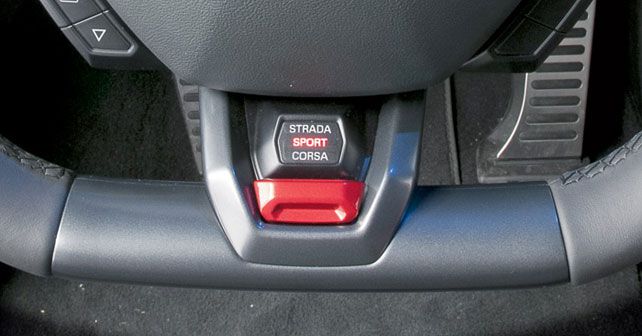
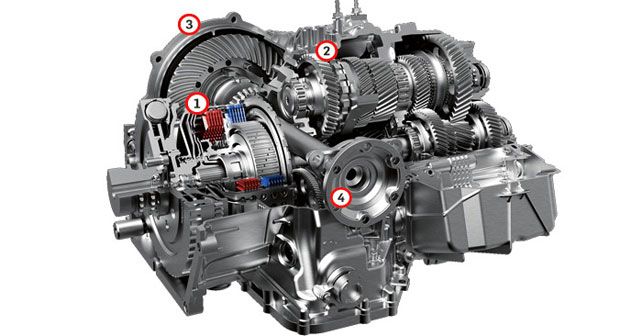
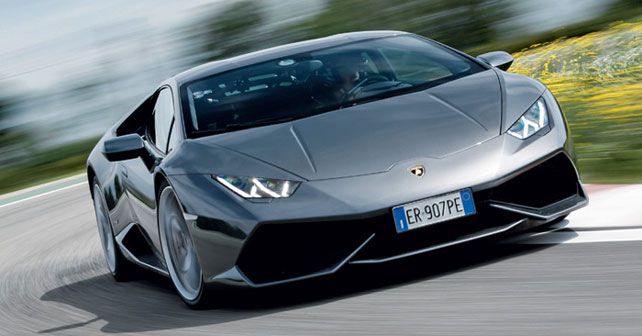
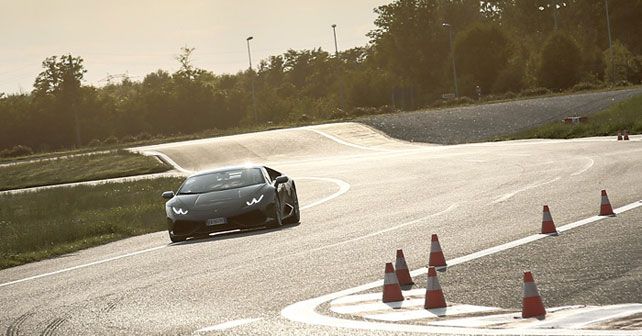















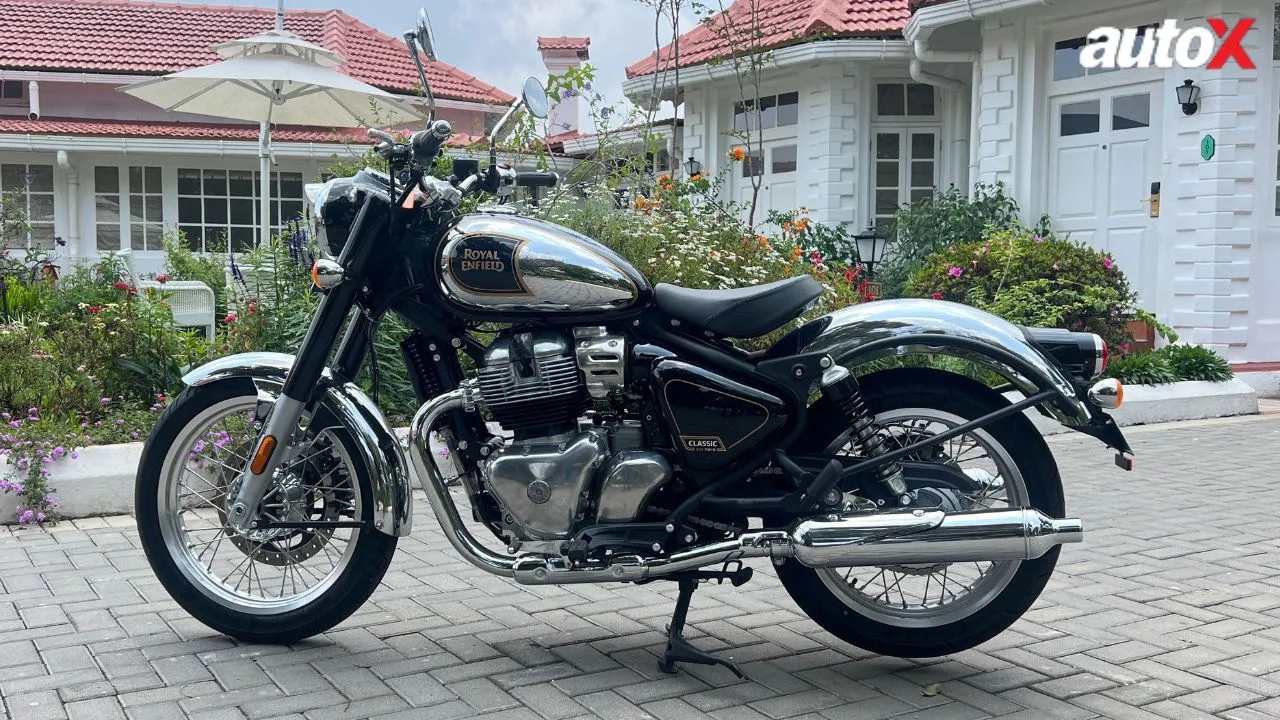
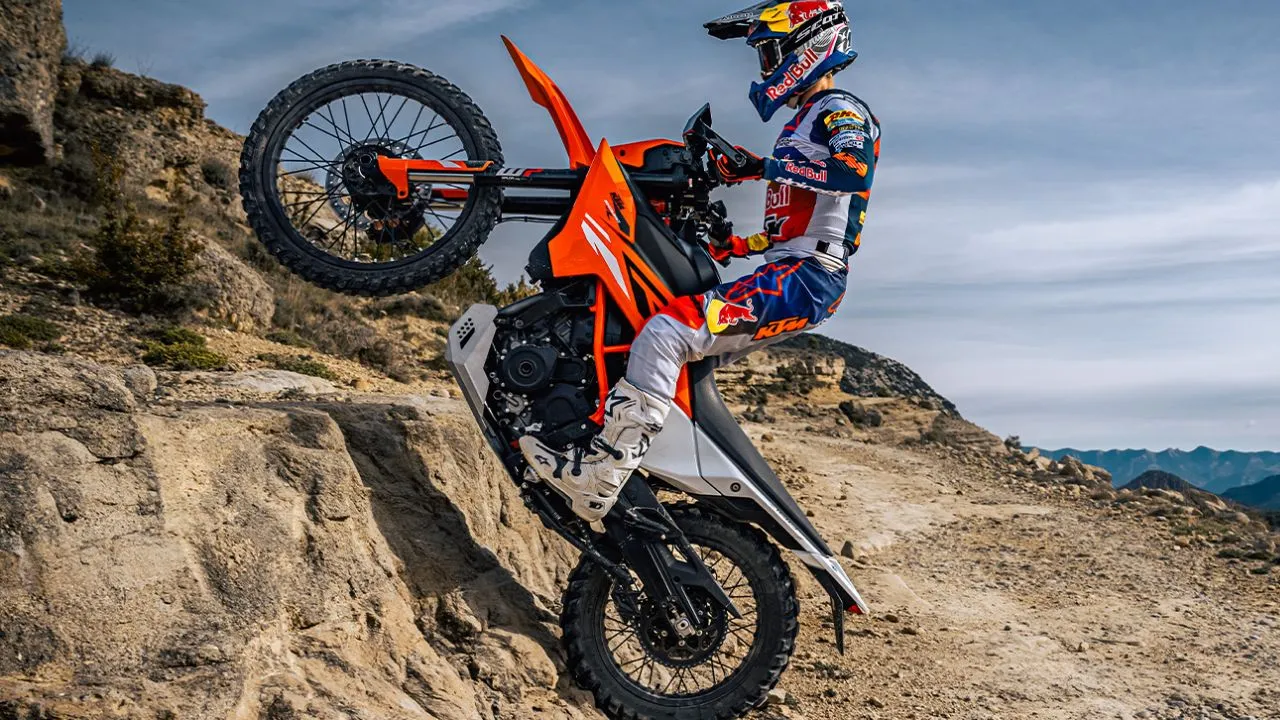

Write your Comment on